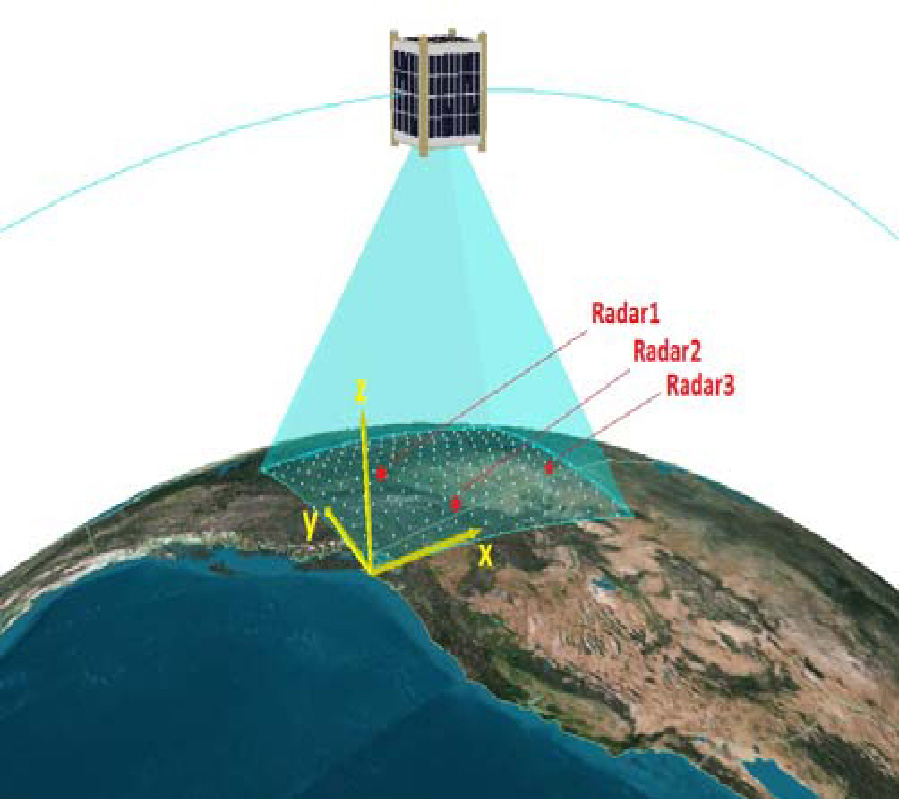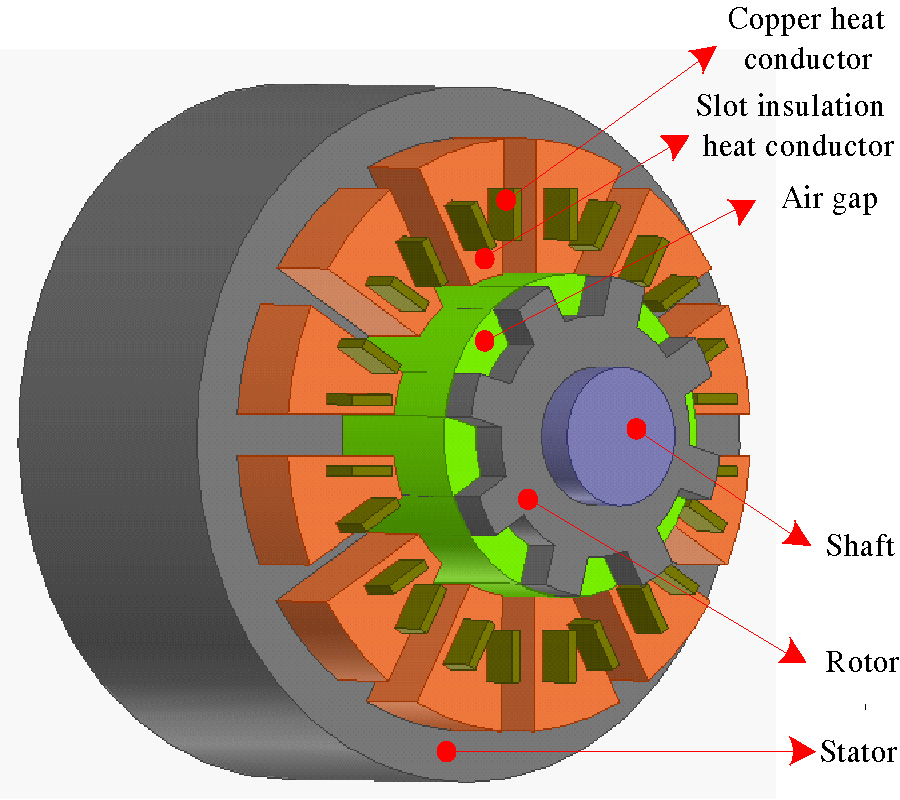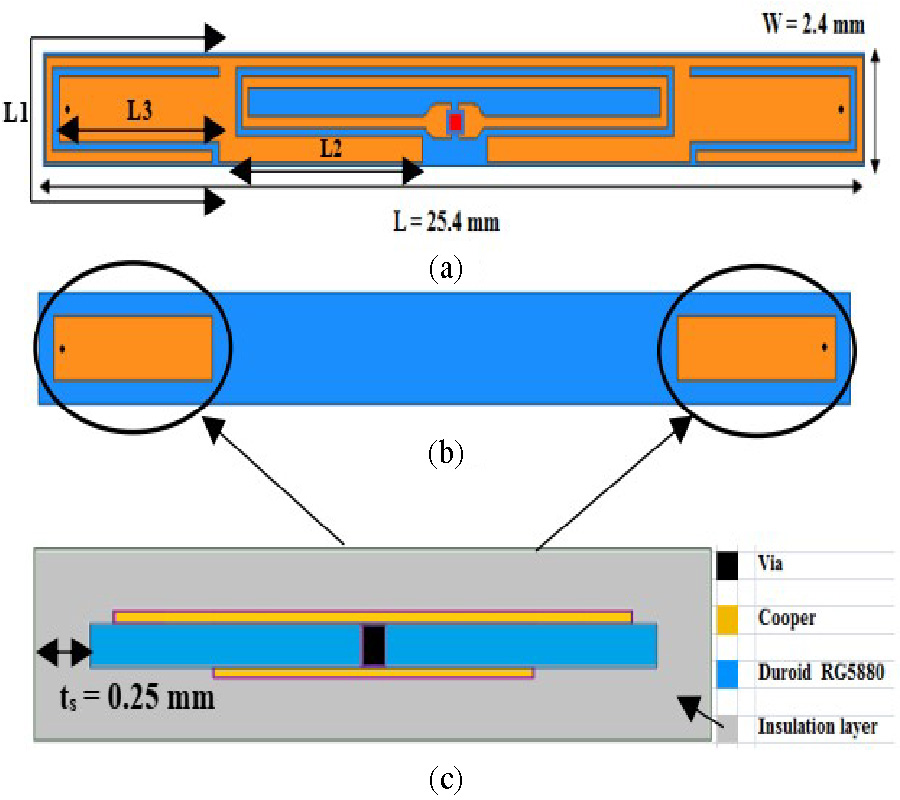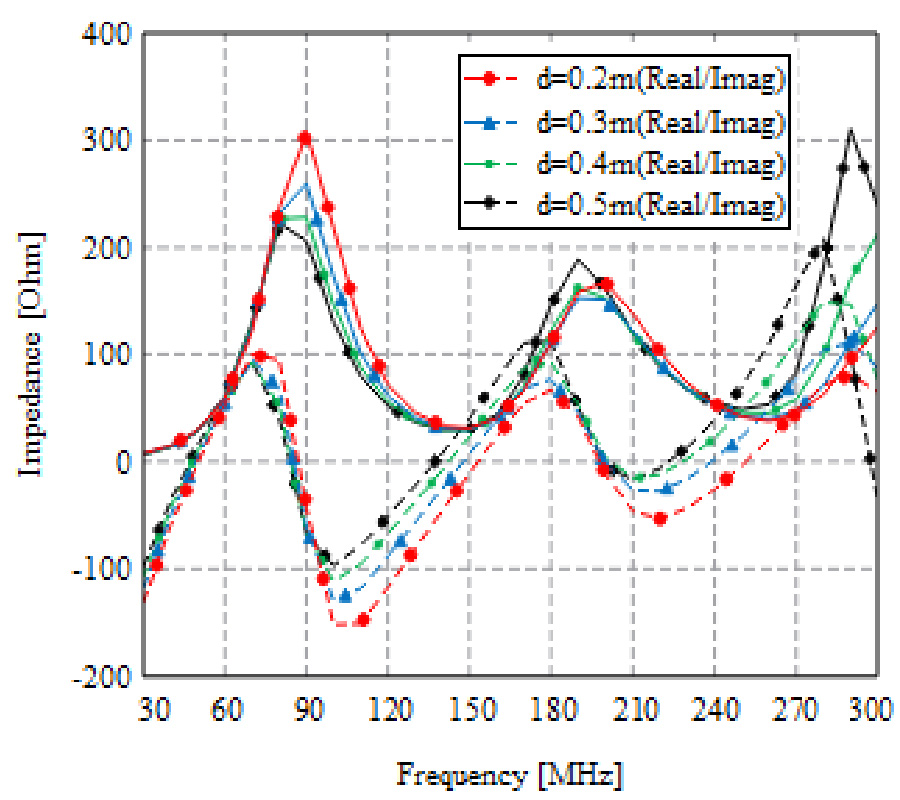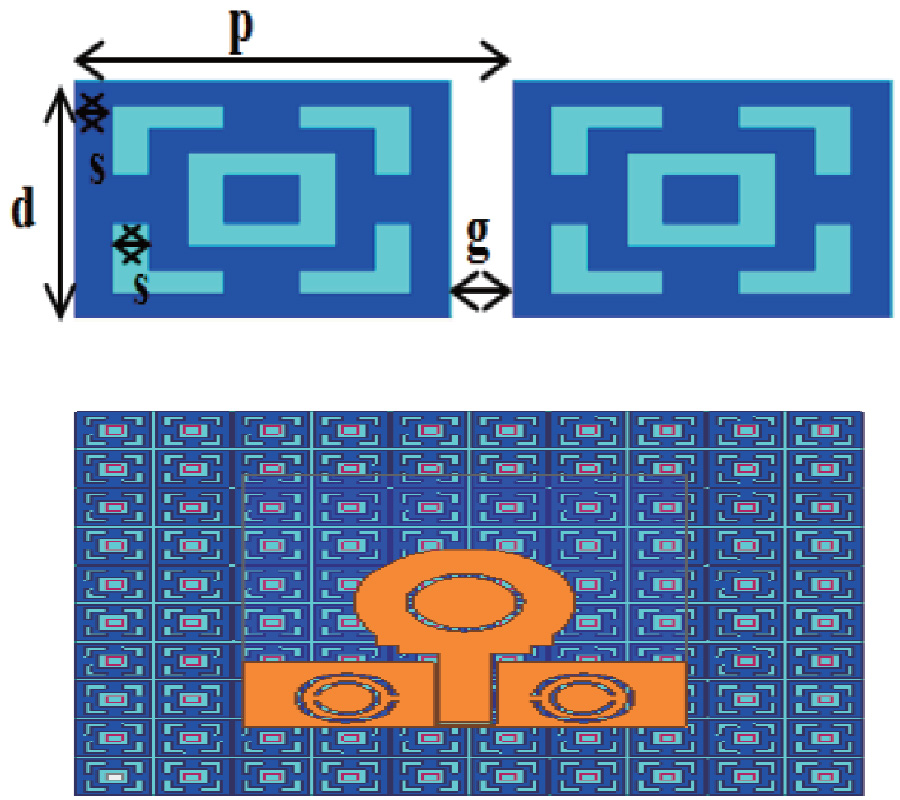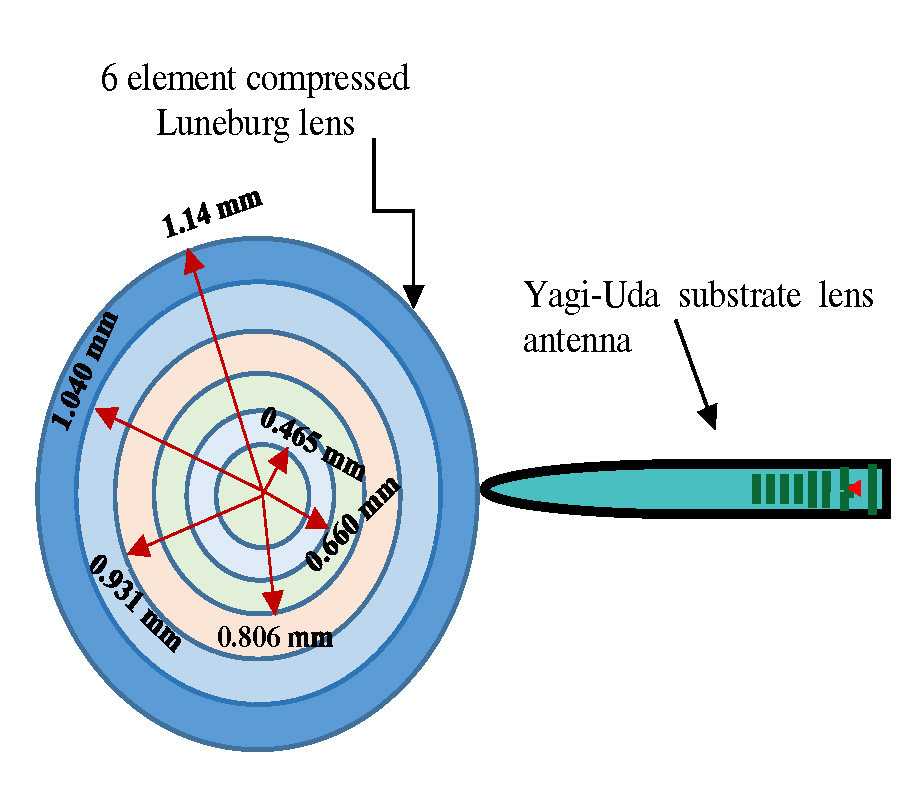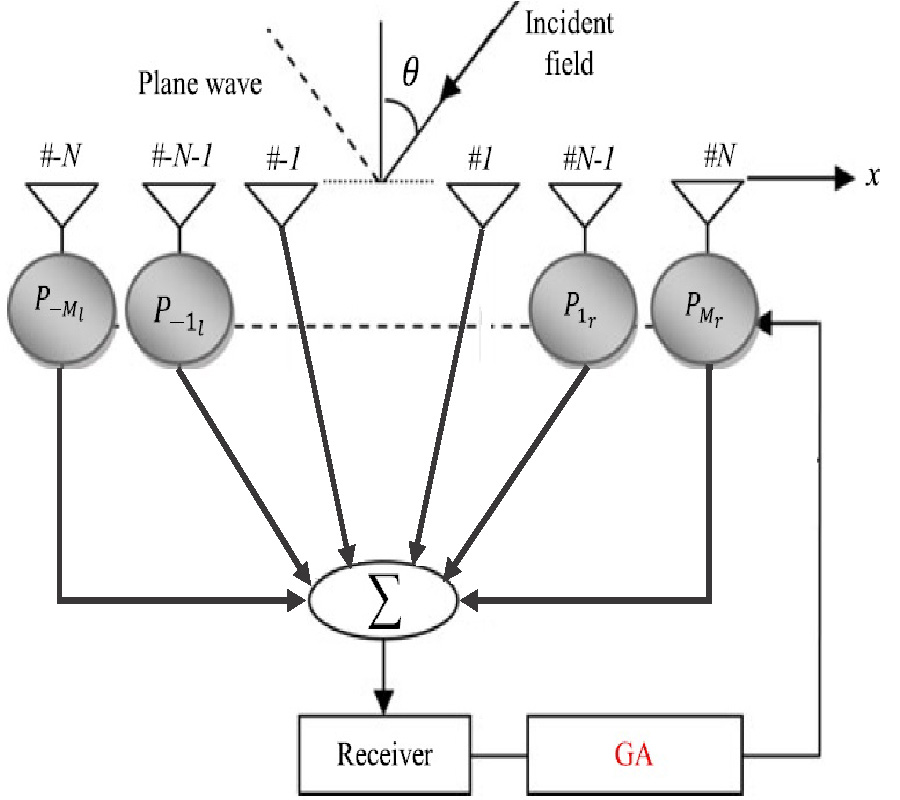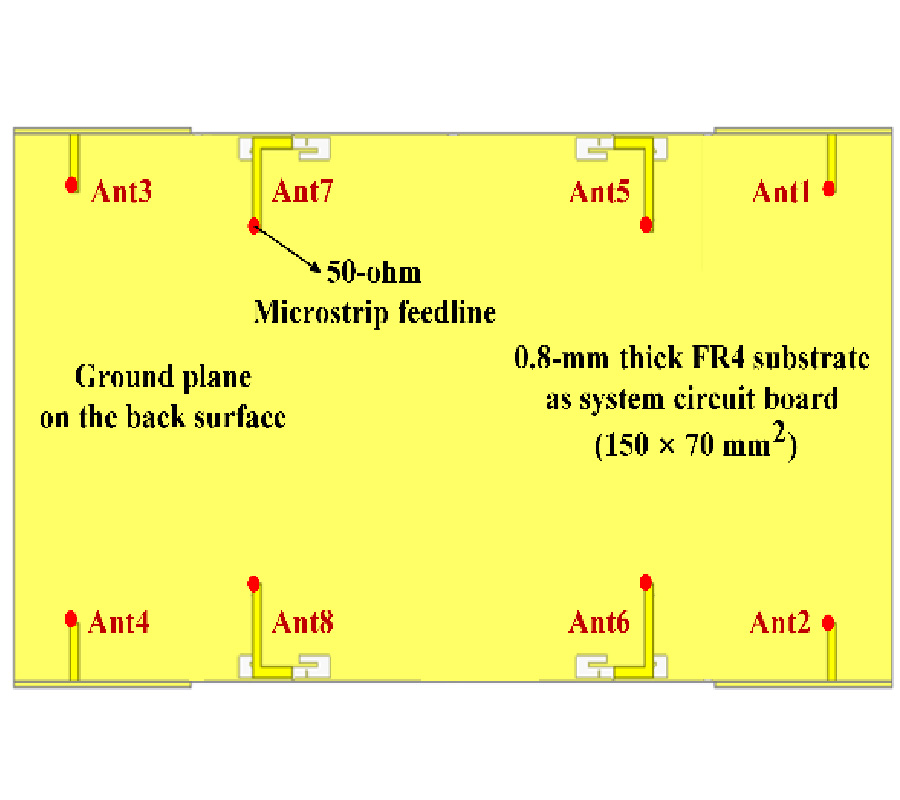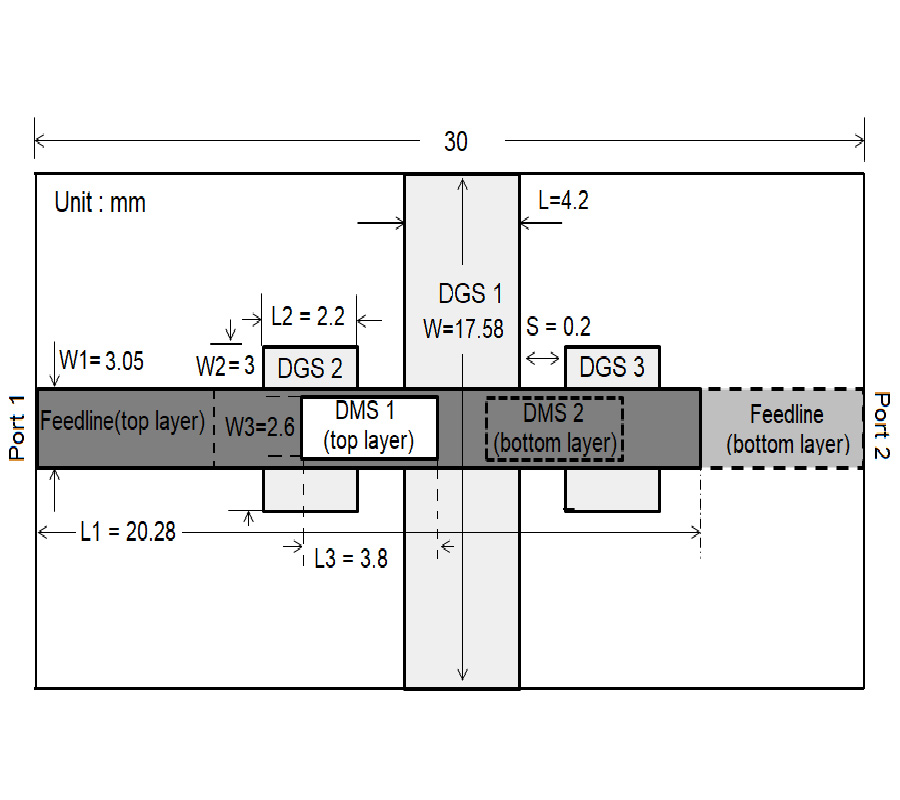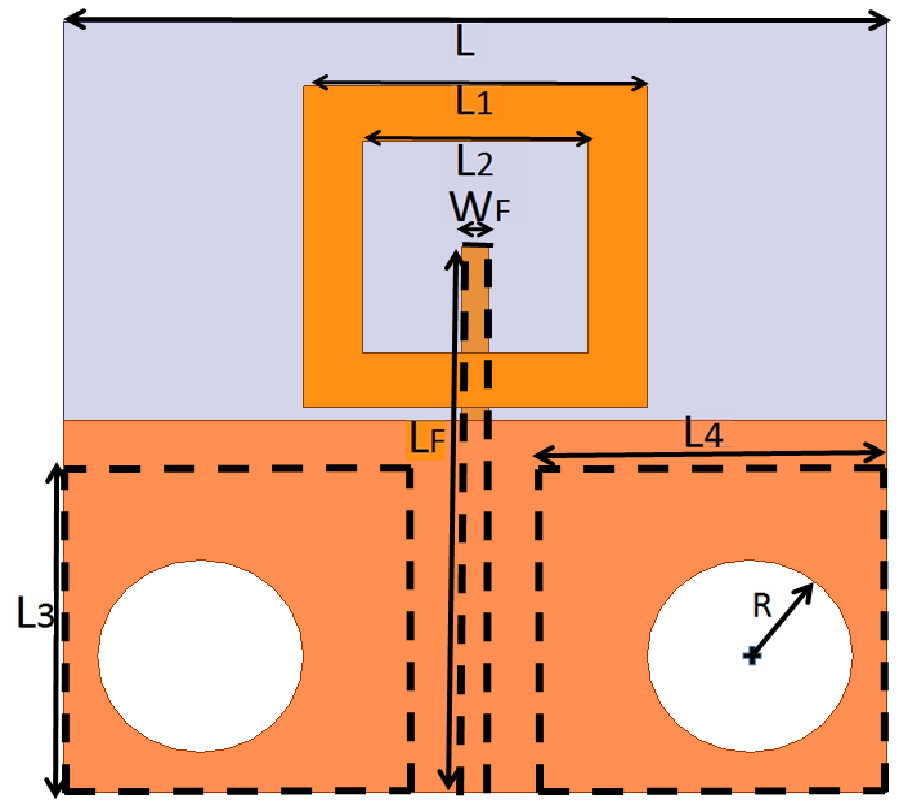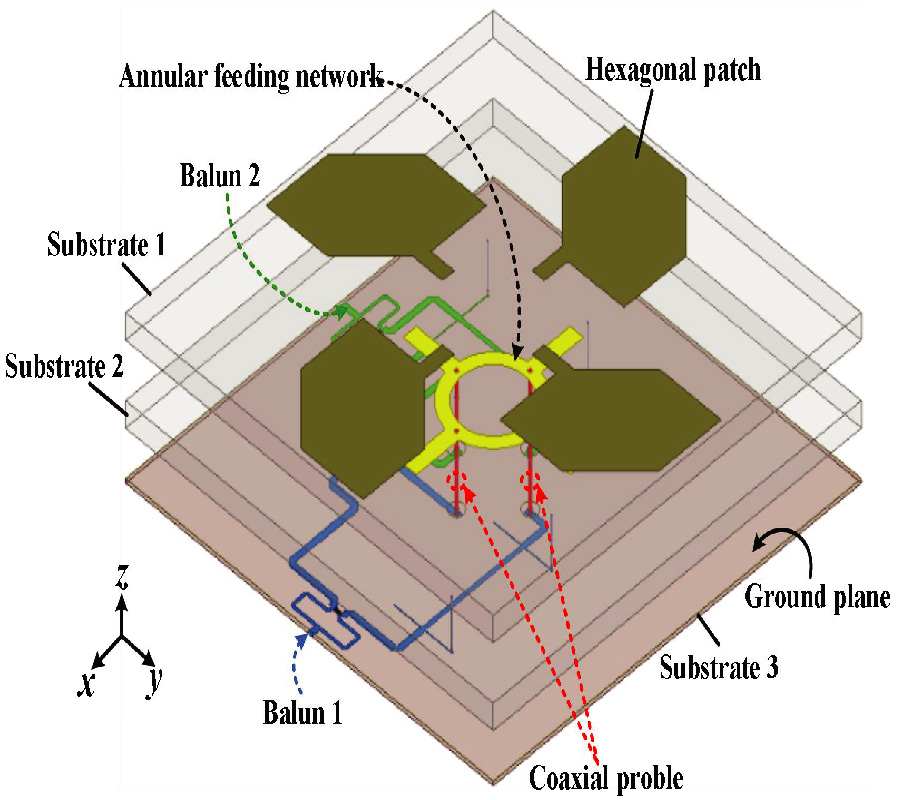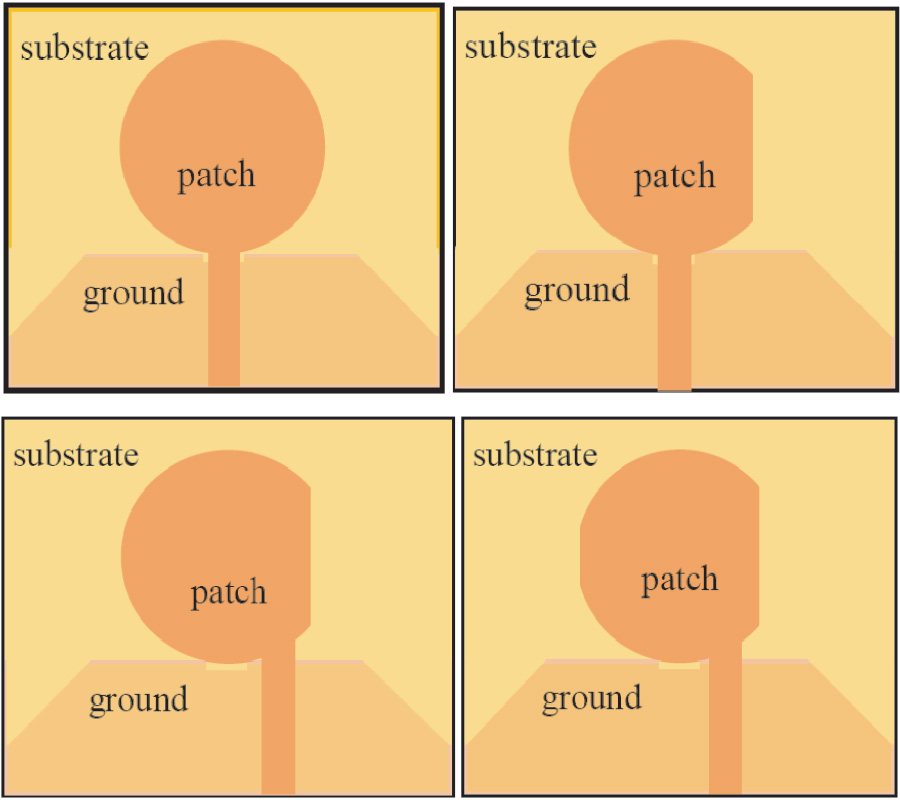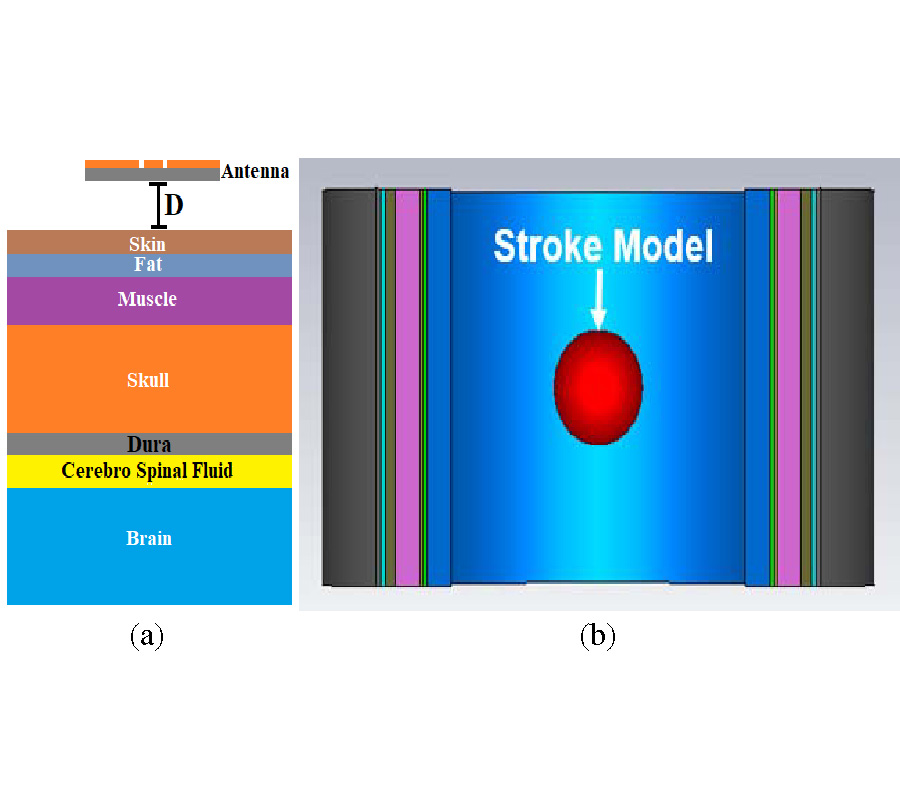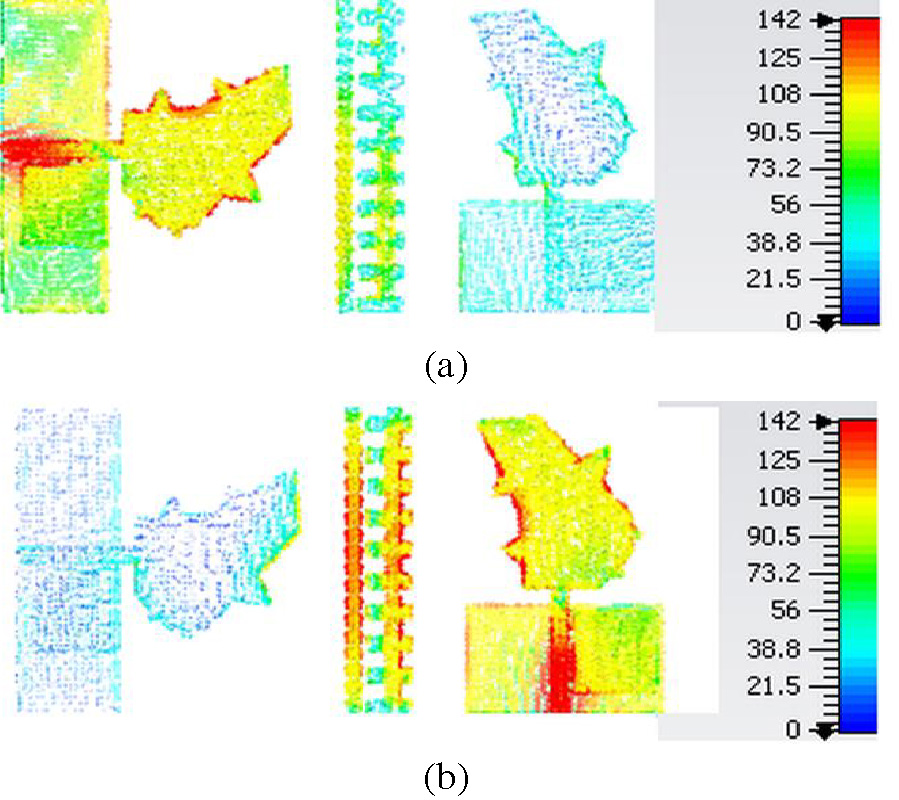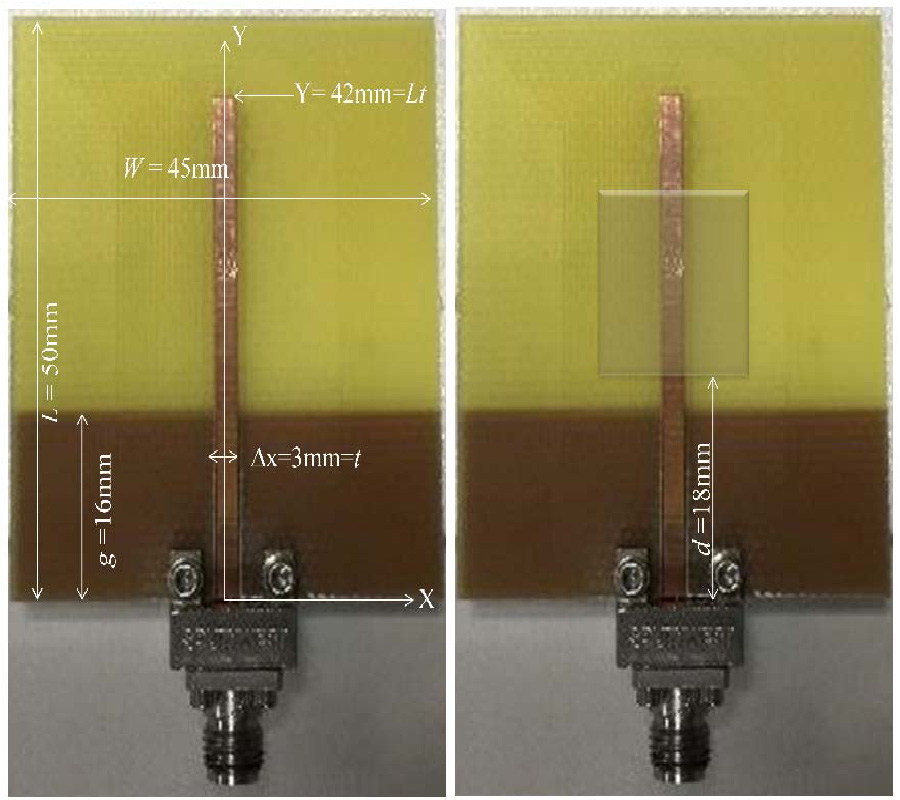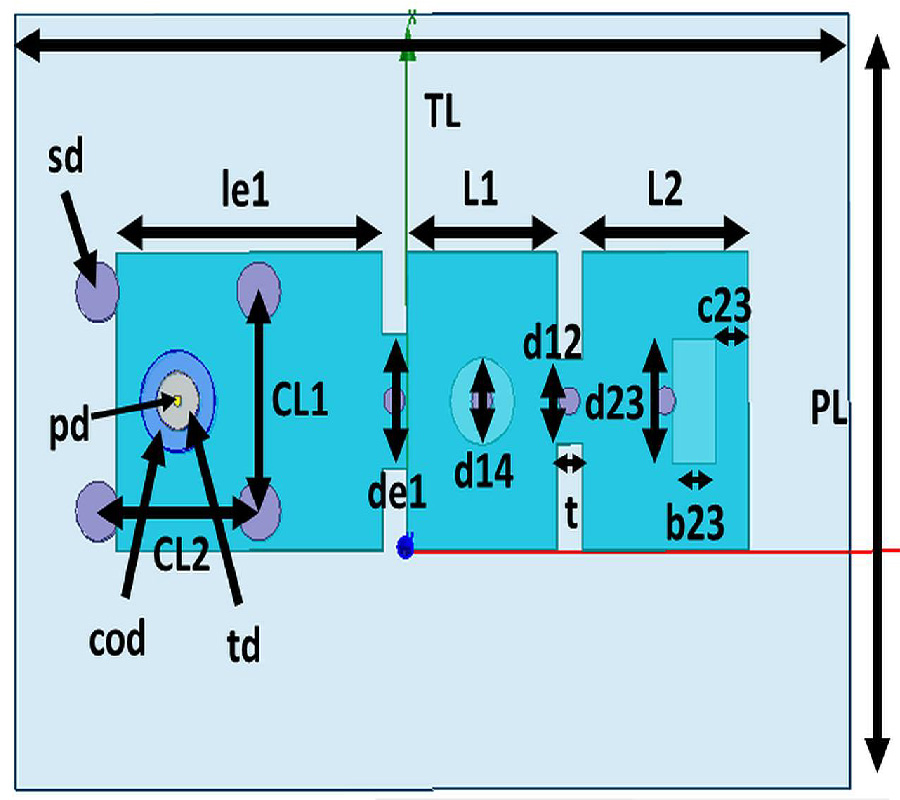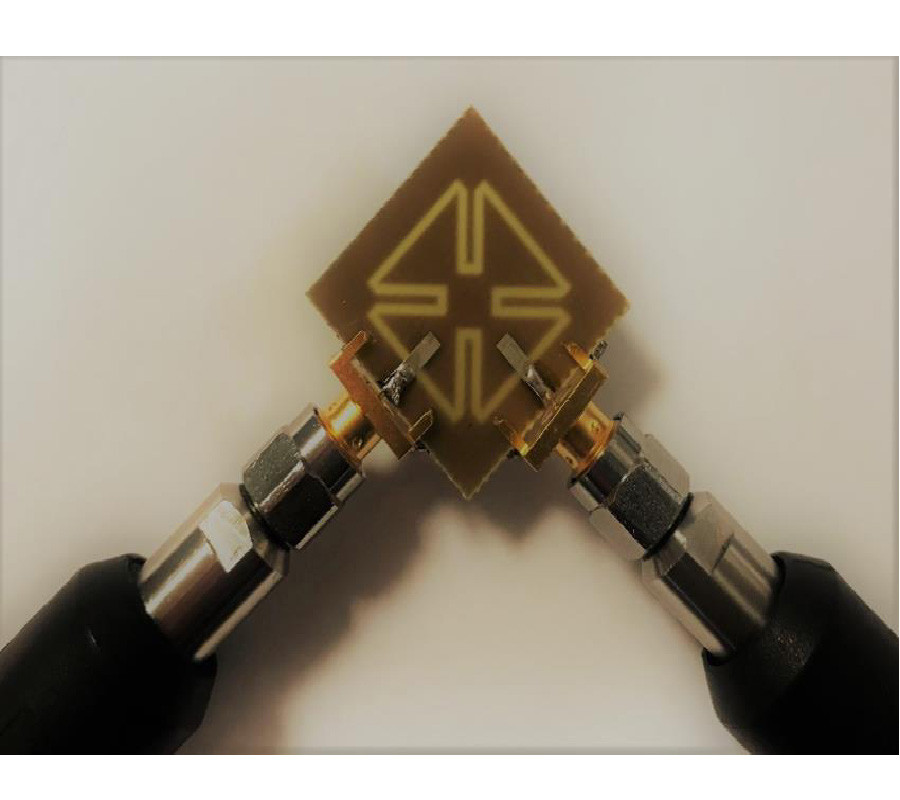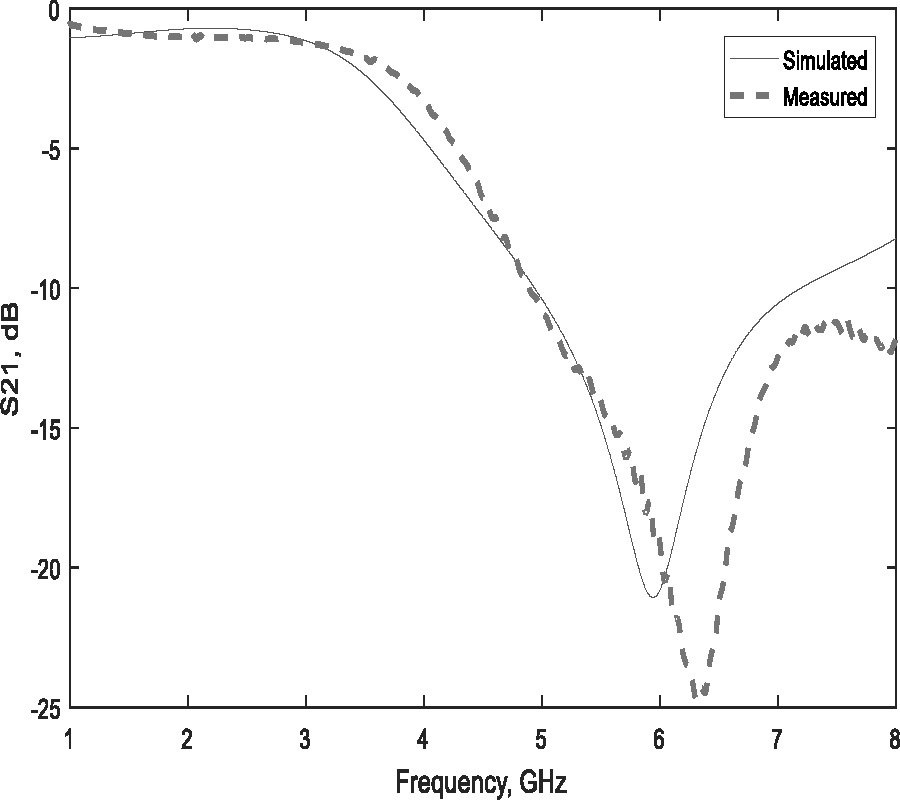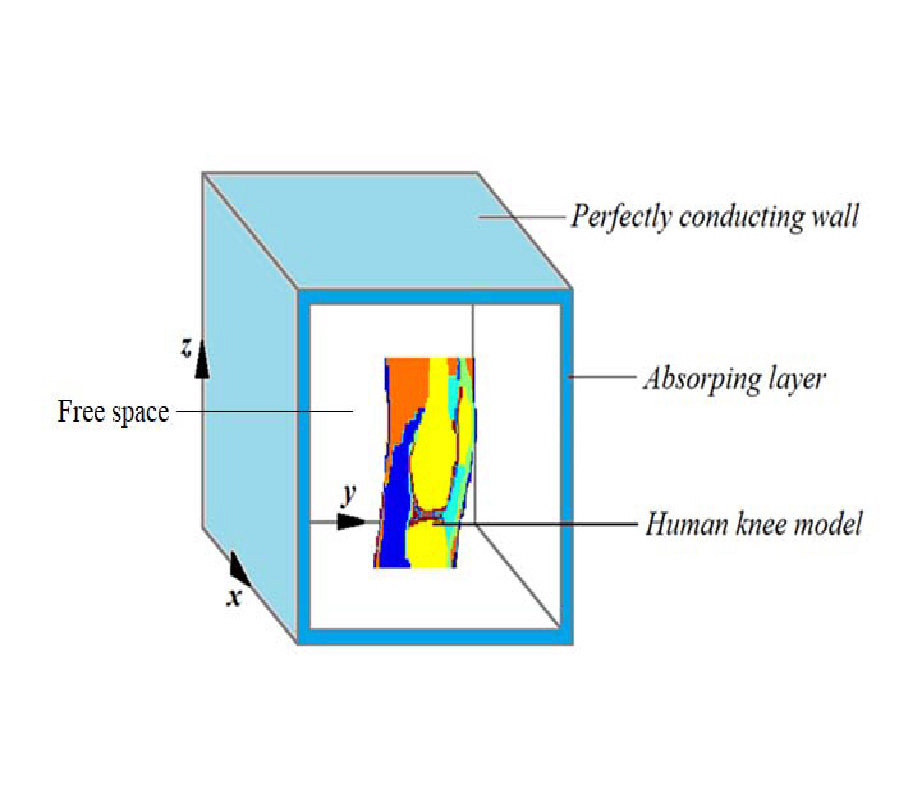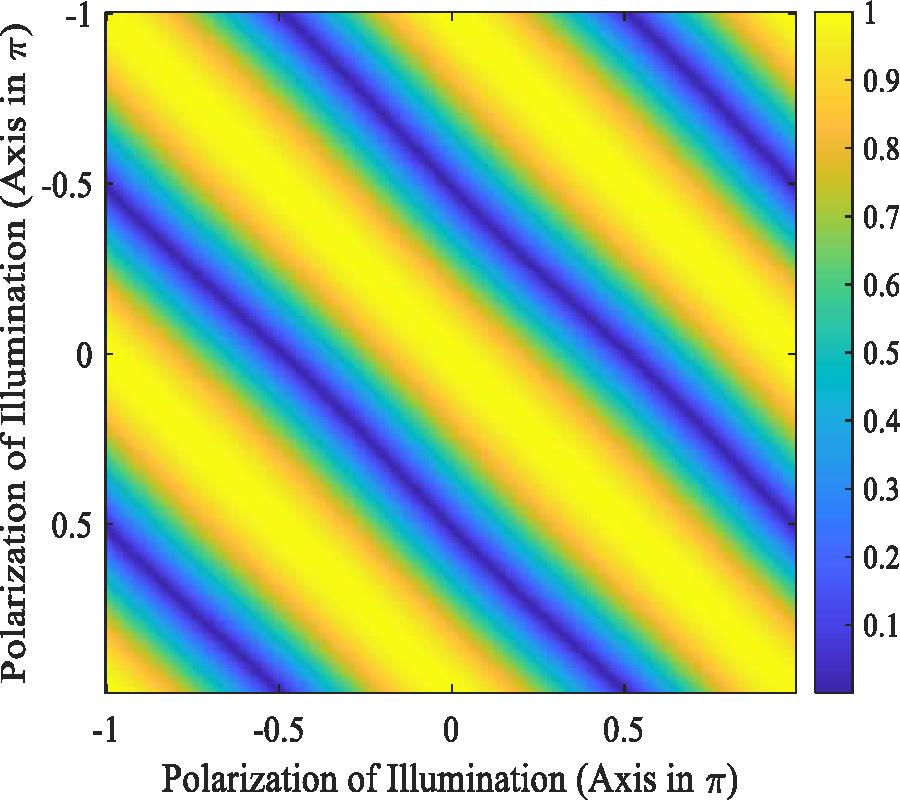A Novel Broadband Double Whip Antenna for Very High Frequency
Hengfeng Wang,
Chao Liu,
Huaning Wu and
Xu Xie
In this paper, a new type of single loaded broadband double-whip antenna is designed for very high frequency (VHF). The simulation model by moment method is established to analyze the influence of antenna spacing on the performance of a double-whip antenna. The location of antenna loading and the parameters of loading network and broadband matching network are optimized by grasshopper optimization algorithm, and the voltage standing wave ratio (VSWR), gain, pattern and roundness of double-whip antenna are calculated. In fact, a fabricated prototype of the proposed antenna is realized. The measured VSWR is consistent with the simulation results, which is less than 3 at all frequencies, with an average value of 1.89; the maximum directional gain is greater than 2.01 dB, with a maximum of 6.44 dB and average value of 3.79 dB; the minimum roundness of antenna gain is 0.03 dB (at 30 MHz), and the maximum roundness is 1.87 dB (at 300 MHz); the efficiency is all over 51%, with a maximum value of 79% and an average value of 60.71%.
